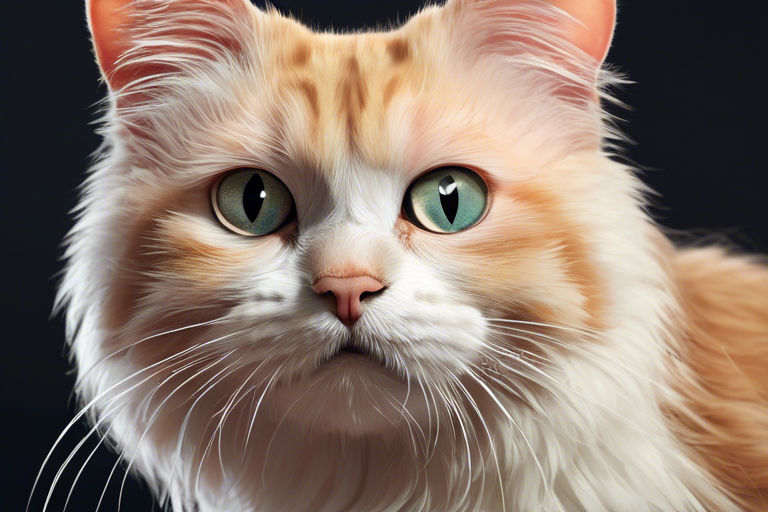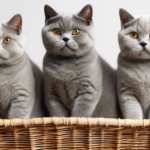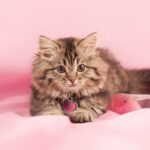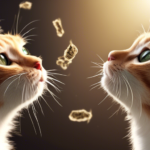## Introduction
When it comes to breeding cats, inbreeding is a topic that sparks debate among breeders and cat enthusiasts. Inbreeding involves the mating of closely related cats, such as siblings or parents and offspring. The purpose of inbreeding is to fix desirable traits in a breed and produce offspring that closely adhere to breed standards. However, this practice comes with both advantages and disadvantages. In this article, we will delve into the pros and cons of inbreeding in cats, exploring the potential health concerns and genetic implications associated with this controversial breeding practice.
Understanding Inbreeding in Cats
Natural Occurrence of Inbreeding
Inbreeding is not limited to domesticated cats; it can also occur naturally in feral cat populations or in isolated environments. For example, a feral colony that is geographically separated or lacks potential mates due to neutering can experience inbreeding. In these cases, the limited gene pool caused by inbreeding can result in a higher occurrence of certain traits, both desirable and undesirable. Polydactyly, dwarfism, and other structural deformities are examples of traits that may be more prevalent in inbred colonies.
Controlled Inbreeding in Cat Breeds
In the world of cat breeding, inbreeding is often used as a tool to fix traits and create uniformity within a breed. Breeders carefully select closely related cats that possess desirable characteristics and breed them together. Over time, this inbreeding process results in the homozygosity of desired traits, meaning that all offspring inherit these traits and breed true. This allows breeders to predict the appearance and characteristics of future generations, ultimately improving and maintaining breed standards.
The Pros of Inbreeding in Cats
Fixing Desirable Traits
One of the main advantages of inbreeding is its ability to fix desirable traits within a breed. By consistently breeding closely related cats that possess these traits, breeders can ensure that these characteristics are passed on to future generations. This helps to maintain breed standards and produce cats that closely adhere to the desired breed type.
Predictability of Offspring
Inbreeding increases the predictability of offspring in terms of appearance, temperament, and other breed-specific traits. When two closely related cats are bred together, there is a higher likelihood that the offspring will inherit the desired traits from both parents. This predictability is essential for breeders who aim to produce cats that meet the specific standards of their breed.
Establishing Breed Lines
Inbreeding plays a crucial role in establishing and maintaining distinct breed lines. By carefully selecting and breeding cats with shared ancestry, breeders can create a lineage that is known for specific traits and characteristics. This allows for the development of unique and recognizable breeds within the cat fancy.
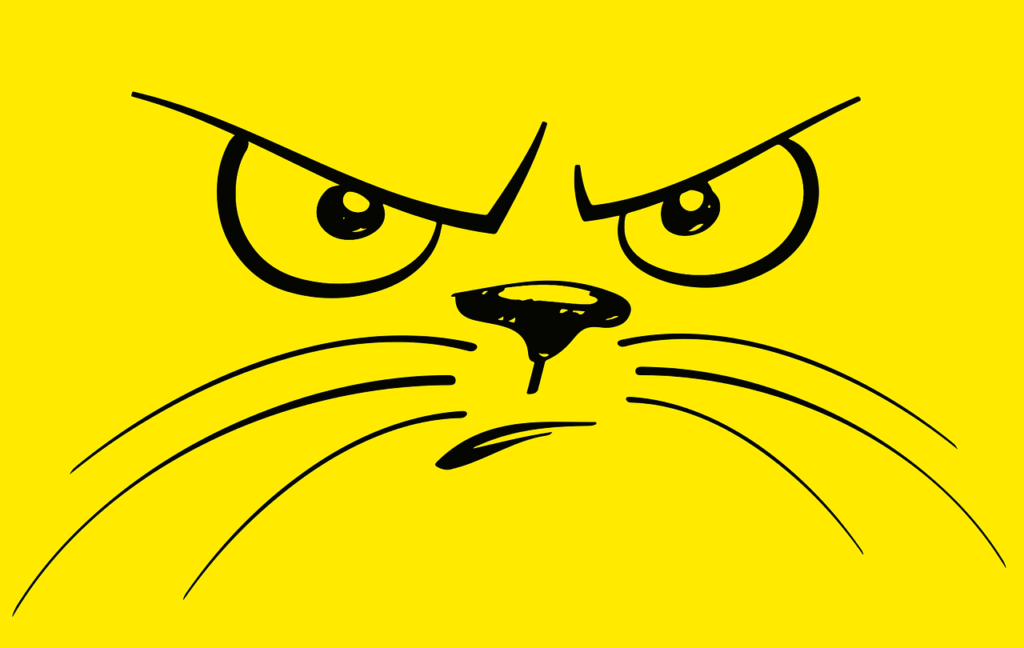
Photo by OpenClipart-Vectors on Pixabay
The Cons of Inbreeding in Cats
Loss of Genetic Diversity
One of the most significant disadvantages of inbreeding is the loss of genetic diversity within a breed. When closely related cats are consistently bred together, the gene pool becomes limited, and certain genes, both desirable and undesirable, become widespread. This reduction in genetic diversity can have detrimental effects on the overall health and vigor of a breed.
Increased Risk of Genetic Disorders
The limited gene pool resulting from inbreeding increases the chances of inheriting genetic disorders or predispositions to certain health conditions. Deleterious genes, which may have been present in the ancestors of the breeding cats, become more prevalent in subsequent generations. Examples of genetic disorders that can be associated with inbreeding include cardiomyopathy, misaligned jaws, and polycystic kidney disease.
Reduced Fertility and Viability
Continued inbreeding can lead to reduced fertility and viability in cat populations. As the gene pool contracts and genetic abnormalities become more widespread, fertility rates may decrease, resulting in smaller litter sizes and higher rates of stillbirths. In severe cases, inbreeding can lead to a loss of reproductive fitness, potentially jeopardizing the long-term viability of a breed.
Balancing Inbreeding with Outcrossing
To mitigate the disadvantages of inbreeding, responsible breeders often incorporate outcrossing into their breeding programs. Outcrossing involves mating unrelated cats to introduce new genes and increase genetic diversity within a breed. By carefully selecting suitable outcrosses, breeders can reintroduce healthy genes and prevent the accumulation of detrimental traits associated with inbreeding.
The Role of Line-Breeding
Line-breeding, a milder form of inbreeding, is also utilized by breeders to maintain desirable traits while reducing the risks associated with excessive inbreeding. Line-breeding involves breeding cats within a family line, such as cousins or nieces/nephews, to maintain genetic similarity while minimizing the negative effects of close inbreeding.
Conclusion
Inbreeding in cats has both pros and cons, and it remains a topic of ongoing debate among breeders and cat enthusiasts. While inbreeding can be an effective tool for fixing desirable traits and establishing breed lines, it also carries potential risks such as reduced genetic diversity and increased prevalence of genetic disorders. Responsible breeders strive to strike a balance between inbreeding and outcrossing, using techniques like line-breeding to maintain breed standards while minimizing the negative consequences of excessive inbreeding. By carefully managing breeding practices and prioritizing the overall health and well-being of the cats, breeders can work towards producing healthy and genetically diverse cat populations.

